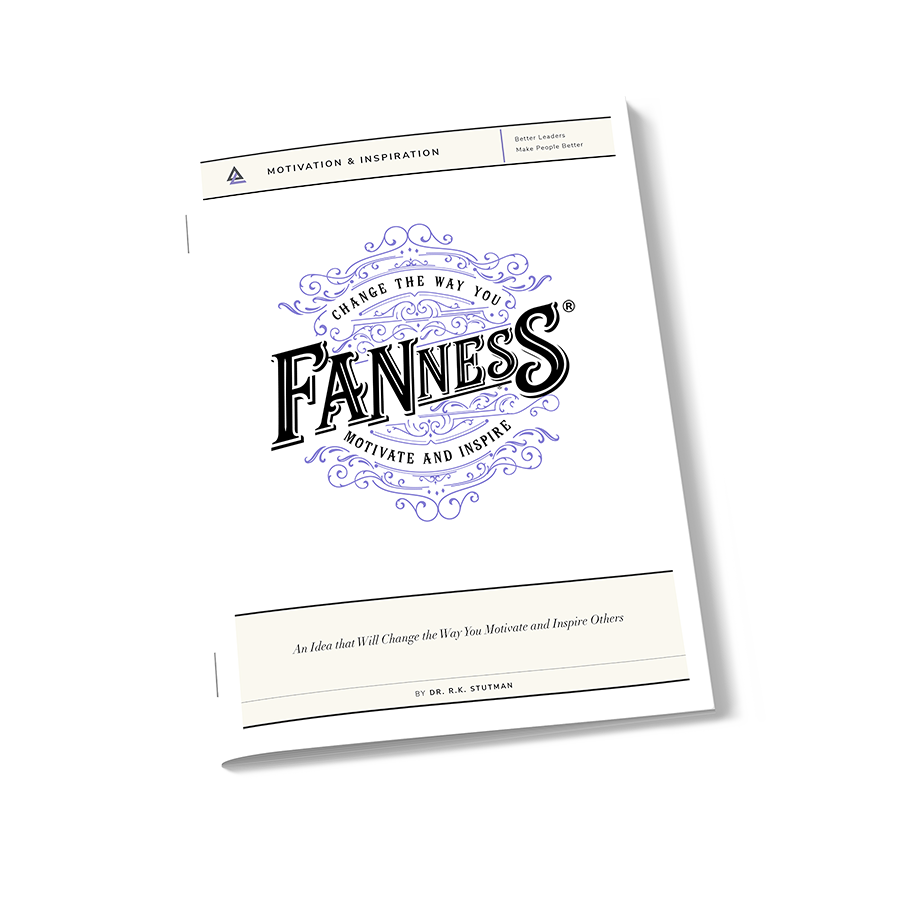In the library of approaches to help people improve, critique plays a unique role.
Whereas criticism typically points out flaws in performance and how to correct them, and feedback provides information to guide learning and improvement that can be accepted or rejected, the purpose of critique is different.
Critique evaluates performance with the goal of creating a deeper understanding about the ingredients of a performance and how the better execution of them can make for improvement.
Critique engages directly with the work and is not just a reaction to it. It requires real analysis and thoughtful consideration about what contributes meaningfully to a performance.
When a leader critiques a deliverable or performance, they take the time to take it apart, element by element, examining each facet before offering a view toward improvement.
Critique takes time; it seldom happens in the moment or right after the performance and normally relies upon an analytical tool to more fully examine the performance, such as video, audio, process maps, flowcharts, heatmaps, and scorecards.
Think of a critique as using a microscope of sorts to fully dissect and evaluate the performance before offering recommendations for improvement.
Leaders normally set aside time to both conduct the analysis and describe their findings and recommendations to the performer.
By treating this as a special conversation, one where the evaluation is grounded in study, performers come prepared to listen and learn from an expert.
If the leader is viewed as inexperienced or inexpert, the critique will likely be received poorly and ignored. But when the leader is seen as having a deep wisdom regarding the performance, critique is perhaps the most powerful catalyst for improvement.
In most organizations, performance is subject to a plethora of feedback and criticism but is seldom subject to critique. This is a void that leaders can fill simply by committing to this unique approach and building it into their efforts to coach others to success.
But in addition to allotted time, it is important for leaders to understand what makes for a great critique.
Three elements make a critique unusually insightful. These essentials form a Triangle of Critique worth incorporating.
First, a superior critique is highly precise.
The analysis is focused on the drivers and key ingredients of the performance. The quality of the critique depends on whether the leader or expert has a handle on what they believe are the difference-makers when it comes to these ingredients.
The more precise the analysis, the better the critique.
The second point on the Triangle focuses on what actions the analysis identifies.
Great critique places a premium on what can be changed to improve performance. This means the analysis and conclusions must concentrate on actions, movements, and behaviors, and not on general activity or happenings.
Quality critique is not philosophical or abstract. It focuses on the actions that need to be changed, amplified, or adjusted.
The third vertex on the Triangle holds that the leader is accountable to the data.
Recommendations or suggestions for improvement must be based upon the analysis and the data, and not upon the instinct or intuition of the leader.
If a recommendation is not grounded in the data, it should be omitted from the critique. Great critique is always evidence-based. (People detest opinion-based critique, as they should.)
The best critique is detailed, actionable, and data-driven. When all three points of the Triangle are considered, an objective critique is the ideal catalyst to make significant change and improvement.
Great leaders give lots of feedback and criticism to those they lead, but they treat critique differently. They know their best performers don’t get better without it.

The Triangle of Critique
Sign-up Bonus
Enter your email for instant access to our Admired Leadership Field Notes special guide: Fanness™—An Idea That Will Change the Way You Motivate and Inspire Others.
Inspiring others is among the highest callings of great leaders. But could there be anything you don’t know, you haven’t heard, about how to motivate and inspire?
Could there really be a universal principle that the best leaders follow? A framework that you could follow too?
There is.
Everyone who signs up for Admired Leadership Field Notes will get instant access to our special guide that describes a powerful idea we call Fanness™ (including a special 20-minute video that really brings this idea to life).
